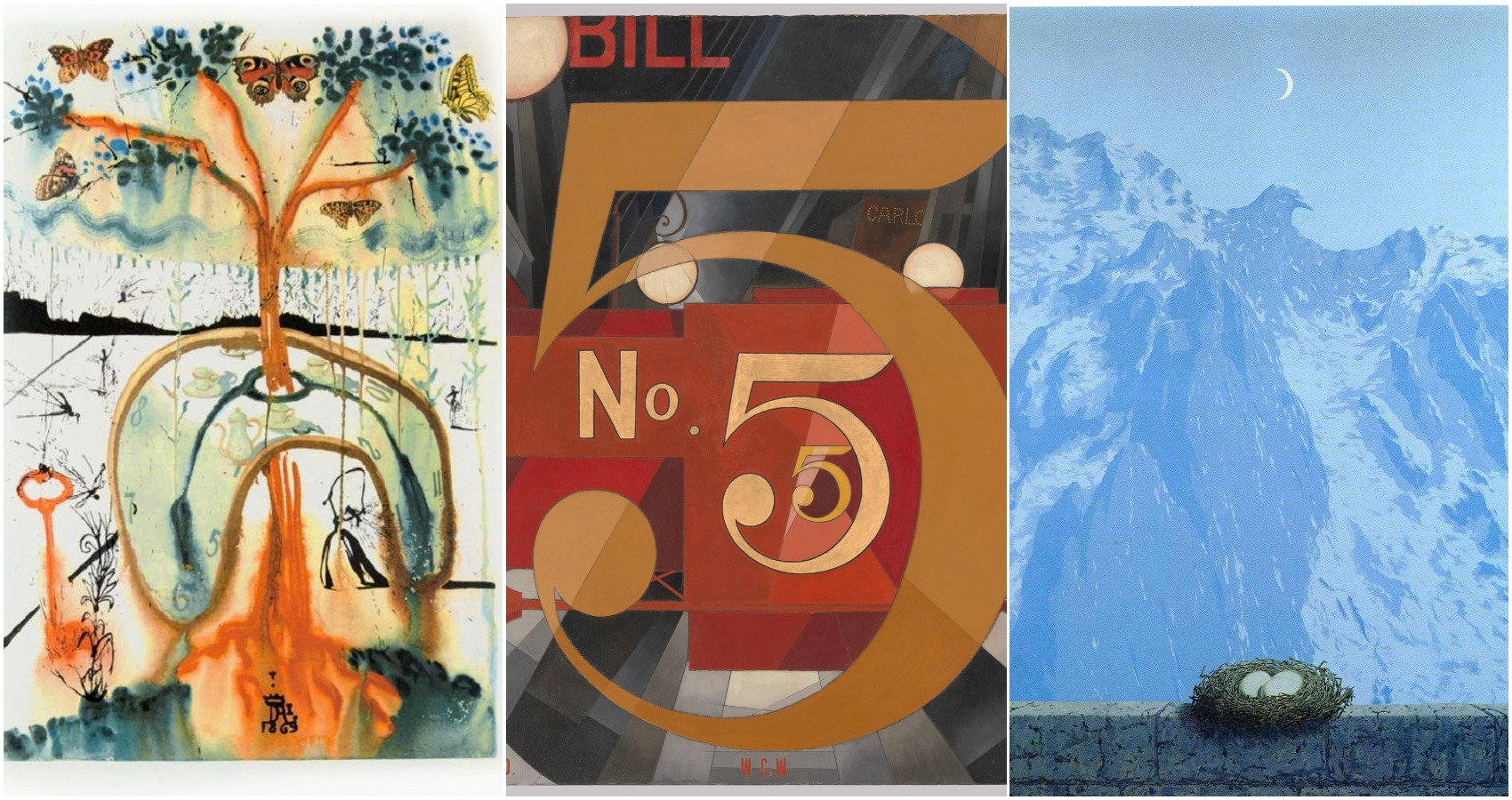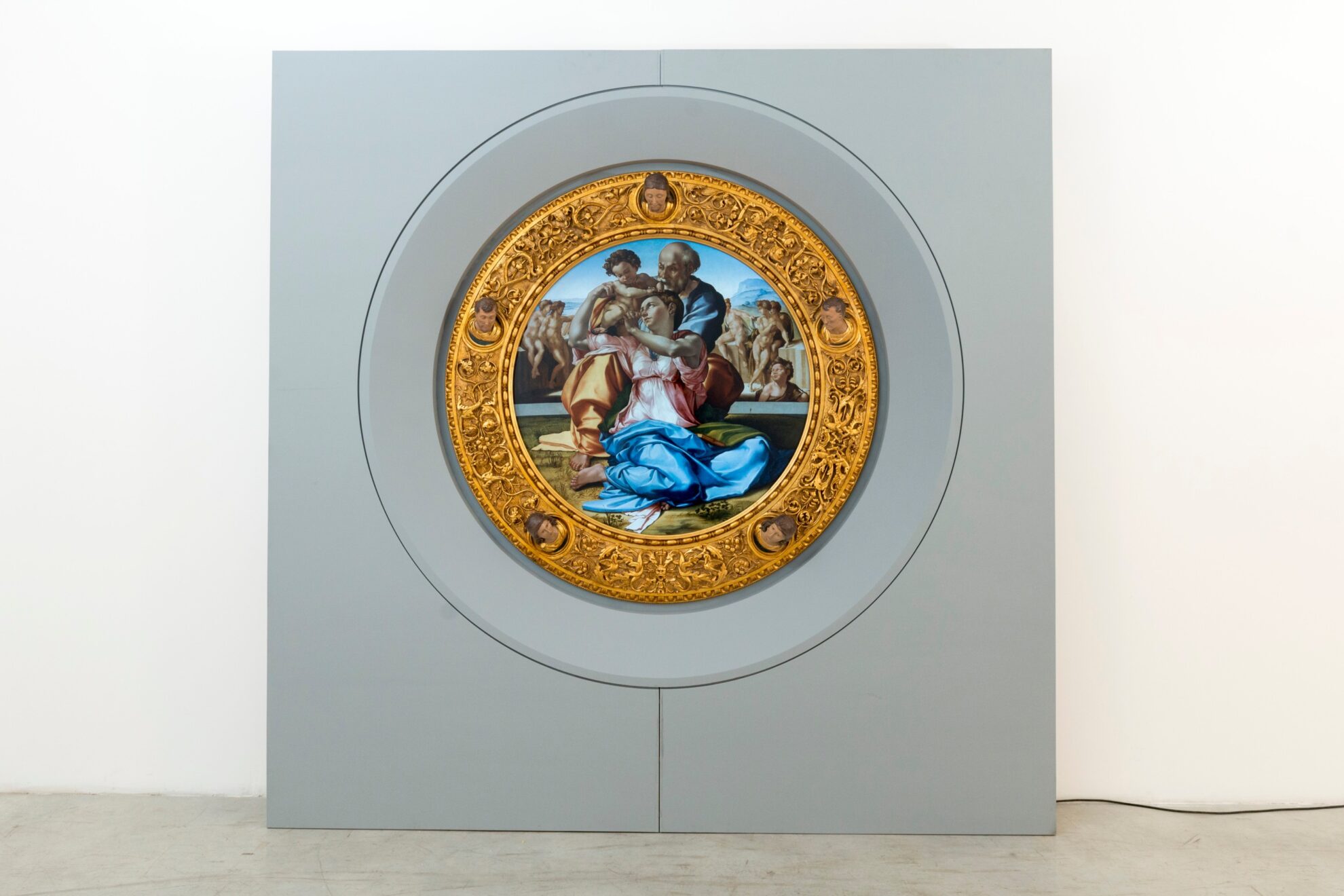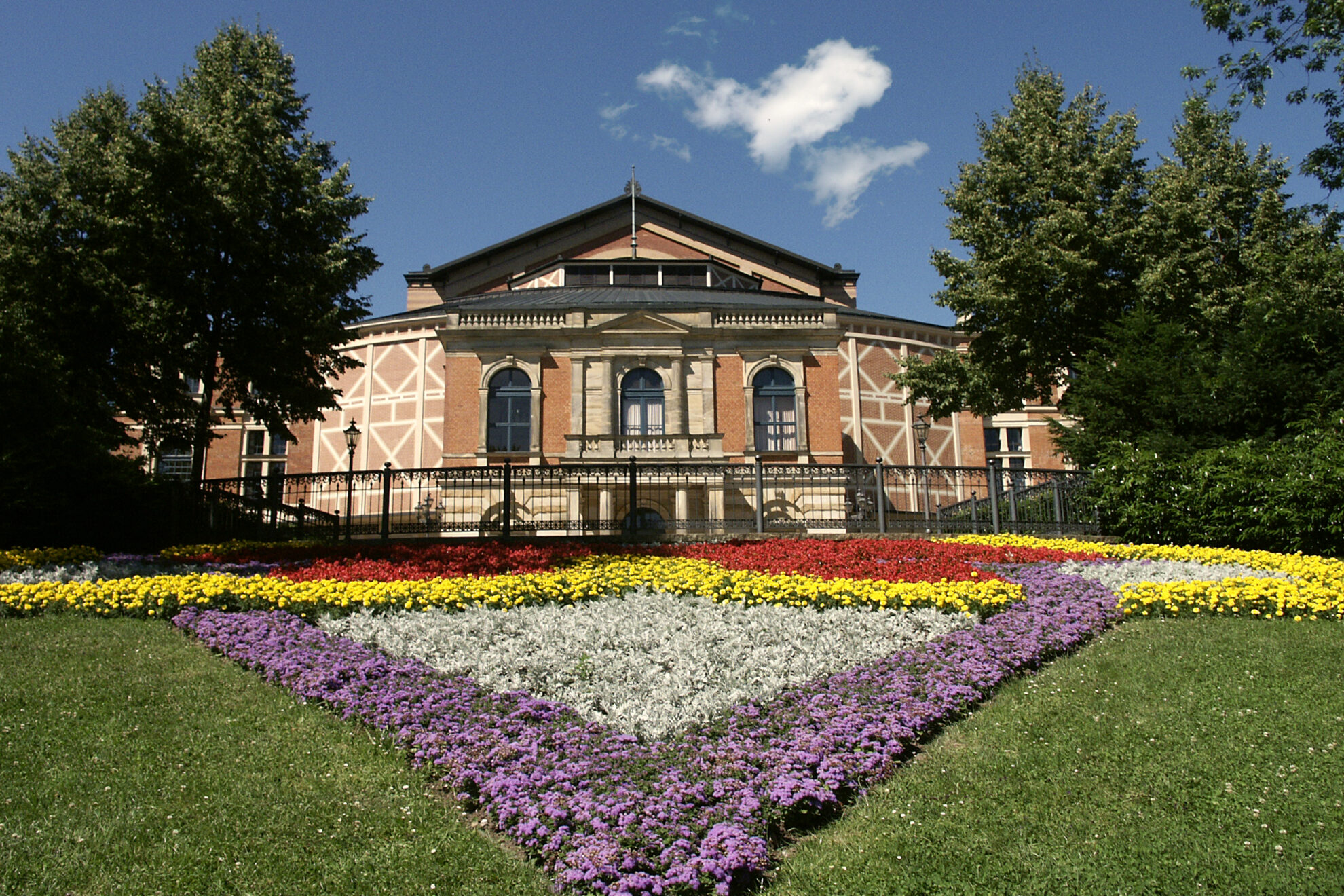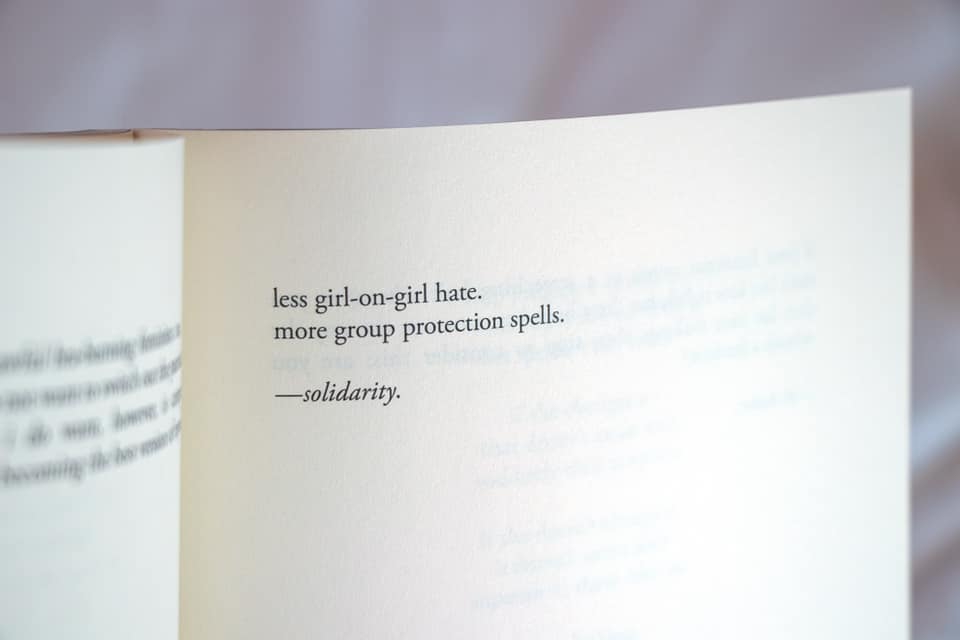Sculptor Yaacov Agam once said, “There are two distinct languages. There is the verbal, which separates people… and there is the visual that is understood by everybody.” Pictures are another way of telling a story, and the story and image have been intrinsically linked since man started to etch pictures into cave walls. From ink drawings to classic oils, we have chosen our seven favorite pieces of timeless art inspired by literature.
Selected Art-Inspired Literature
- 1. The Lady of Shalott by John William Waterhouse
- 2. Mad Tea Party by Salvador Dali
- 3. The Domain of Arnheim by René Magritte
- 4. The Dreams in the Witch House by Kim Prisu
- 5. I Saw the Figure 5 in Gold by Charles Demuth
- 6. Saturn Devouring His Son by Fransisco Di Goya
- 7. Don Quixote by Pablo Picasso
- Discover More Art Inspired by Literature
1. The Lady of Shalott by John William Waterhouse

The Lady of Shalott was first exhibited in 1888. Inspired by Alfred Tennyson’s poem of the same title, the painting is almost photographic in its quality. It bears the hallmarks of classic Romanticism, not least in its depictions of nature and water.
The poem itself is about a cursed woman, who lives alone on an island in a river. Her curse is that she is not able to look upon reality, and can see it only in the reflection of the water. Living near Camelot, she one day spots the handsome King Arthur in the reflection and is forced to look upon him, bringing her demise.
Waterhouse’s scene shows her drifting toward Camelot in her final moments. He would also make a second painting, which depicted the moment she gazes upon Arthur and the curse begins. Sketches were found in his drafts which indicated he also had plans for a third in the series, in which her boat floated into Camelot.
2. Mad Tea Party by Salvador Dali


For such a famous and revered artist with a spectacular body of work, this side of Dali is seldom seen. It is from a series of 12 heliogravures. Each one represented a chapter from Lewis Carrol’s Alice in Wonderland.
Commissioned by Random House Publishing for a special edition of the book, Dali had huge creative control. He even arranged the text setting as well as doing the illustration.
While the illustrations do incorporate a number of Dali traits, such as melting clocks and butterflies, the pictures are much more abstract than usual. Many of the lithographs have bleeding, watercolor touches to them. Gone are the graphically painted surrealism of his more famous works. Dali has opted for thick, inky colors and heavy black lines instead.
3. The Domain of Arnheim by René Magritte


This piece was based on the Edgar Allen Poe short story of the same name. The story centers around a character named Ellison. He attempts to create a landscape that shows the supreme majesty and dignity of poetic sentiment.
This becomes the fictional land of Arnheim, which translates to “home of the eagle” in German. The book sits in a vein of classic literature few can manage, in which the focus of the book is not the characters but land and nature itself. Magritte created two images in which he attempted to envisage this landscape, an oil painting and gouache.
The image shows a mountain scene, with a nest topping a wall at the bottom of the picture. Magritte, known for his surrealism, has a change of direction in this piece. The cool, calm blue hue has a calming effect, combined with a minimalist approach to his landscape.
4. The Dreams in the Witch House by Kim Prisu


The work of H.P. Lovecraft, and in particular the iconography of Cthulhu, has become somewhat standardized. Its steampunk, occultist imagery is synonymous with dark, Victorian industrial colors and textures. It is the abandonment of this that makes Kim Prisu’s work here so refreshing.
Based on Lovecraft’s short story of the same name, it centers around a house that once harbored a famous Salem witch. The new resident discovers many of the previous occupants of the attic room went missing. He begins to have lucid dreams in which he travels to otherworldly planes of existence.
Prisu’s picture captures this beautifully. It concentrates more on building the dream-like qualities of the book than its horror ones. While Lovecraft’s most famous creation, Cthulhu, is present, he is by no means the focal point. Instead, the heart and head cascade into multiple dimensions as the crux of the painting.
5. I Saw the Figure 5 in Gold by Charles Demuth


Between 1924 and 1929, Charles Demuth created eight abstract pieces that represented several of his friends. Each was creative in some way, being an artist, writer, or performer. He used symbolism to create graphical pictures that summed up their identity and work.
One of the most famous of these literature-inspired art pieces is I Saw the Figure 5 in Gold. Painted to depict his acquaintance William Carlos Williams, a man of contradictions who was a poet and physicist. Its typefaces, colors, and clean lines anchor it firmly in the roaring twenties era of which it was created.
The fire truck speeding through the image is a nod to The Great Figure, a poem by Williams himself. Other symbols to allude to him are his shortened name Bill and his initials within the graphic. It is currently on view at the Met Gallery Fifth Avenue.
6. Saturn Devouring His Son by Fransisco Di Goya


Toward the end of his life, Spanish artist Goya began working on themes that were increasingly dark. He was losing his hearing and decided to lock himself away. Buying a villa, he painted the walls with eerie murals, known as the black paintings.
These pictures were never supposed to see the light of day. However, the villa was later purchased and its images preserved. Of these, Saturn Devouring His Son was arguably the bleakest.
This great example of literature-inspired art is based on a Greek myth, transcribed by Hesiod in the Theogony. This vast work described the origins of the Greek (and later Roman) gods, taken from local tradition and folklore. In this picture, Saturn ate his son to avoid an oracle in which they would take his throne.
7. Don Quixote by Pablo Picasso


Picasso’s work of art inspired by literature looks more like a Peanuts cartoon than his well-known cubist and abstract works. The artist was however no stranger to experimenting in a range of mediums, even turning his hand to pottery at one point. In this, he forgoes all color for a stark black and white Indian ink sketch.
The subject is Don Quixote, hero of the famous literary work by Cervantes of the same name. In this picture, he is with his companion Sancho Panza and both men are riding horseback. Bare sunlight beams down from an unobstructed cloud as the men ride off into the distance.
French weekly journal Les Lettres Francaise published the image in 1955. It was originally printed in a grey tone. The picture then went missing but turned up in 2010 in a family home in Tbilisi.
Discover More Art Inspired by Literature
They say a picture is worth a thousand words, but in some of these examples, it’s much more! We hoped you enjoyed these pieces of art inspired by literature from throughout history. Let us know in the comments if any of your own artwork has been inspired by the written word.





